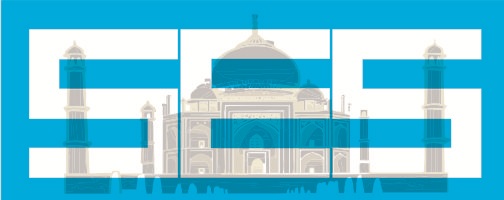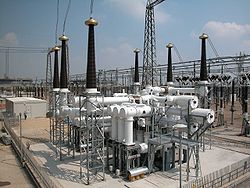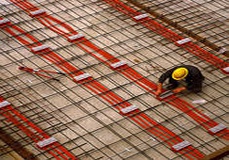The SES Group
Since its founding in 1978, SES has been the worldwide pioneer and reference for outstanding software packages and services in earthing, lightning and electromagnetic interference in general. SES-India was created in order to serve its Indian customers and better account for geographical and cultural differences. SES and its international offices, SES-India, SES-China and SES-Europe hold the distinction of being the only companies worldwide totally dedicated to providing the engineering community with expertise, software and training for the solution of complex problems related to earthing, lightning and electromagnetic interference. The activities of the SES group include R&D and engineering work in the electric power system industry, pipeline and railway industries. The work extends to specialized areas in the gas and oil onshore and offshore production industries. The SES group provides specialized training and certifications to individuals and organizations that use its internationally accepted software package suites.
SES has more than a decade long association with India and has been working very closely with most of the leading power utilities and consultancies in the country. As our esteemed customers started demanding more and more participation from us in the field of earthing design and EMI studies in India, SES-India was established for more country-focused and dedicated products and services. This fully owned subsidiary of SES was thus established in India in 2011 with the name "Safe Engineering Services & technologies India Pvt. Ltd." (Popularly known as SES-India in the industry).
SES-India and its Solutions
Over the past several decades, the requirements of the Indian Power & Energy sectors have evolved in quite a unique way. For example, Soft steel is one of the most commonly used ground conductors in India unlike North America where copper or copper clad-steel are widely used. Soft steel has advantages over copper because of its low cost but since it has higher permeability and lower conductivity than copper, if the substation size is large and/or if the soil resistivity is low, the effective size (electrical size) of the grounding system consisting of steel conductors may increase significantly. As a result, the traditional concept of equipotentiality of earthing systems should be used with great caution when designing in India. Even the various requirements within India cannot be segregated and generalized very easily. We are a country of varied geographies and climates. When designing in some places, we need to account for seasonal variations of soil during winters as temperature falls to subzero levels while other places have practically no seasonal variations throughout the year. We have mountainous areas, plateaus, deserts and wetlands. All have their unique seasonal variations.
With such complexities, one cannot rely on simple and approximated methods involving hand calculations or excel sheet computations. A wrong design not only causes damage to valuable electrical and telecommunication equipment but can be hazardous to human lives as well. By avoiding overdesigns and inappropriate designs, organizations will avoid unnecessary immediate or future retrofit expenditures. SES-India believes in providing economical and safe solutions to the most complex problems.
The following examples are typical areas where SES-India has unparalleled expertise to provide safe, reliable and accurate solutions. Please click on the links to explore those in more details.
AIS Substation Grounding/Earthing Design and Analysis
GIS Substation Grounding/Earthing Design and Analysis
HVDC Substation Grounding/Earthing and HVDC Electrodes Design and Analysis
Hydro/Thermal Plant Grounding/Earthing Design and Analysis
Renewable Energy (Solar/Wind/Tidal) Plant Grounding/Earthing Design and Analysis





